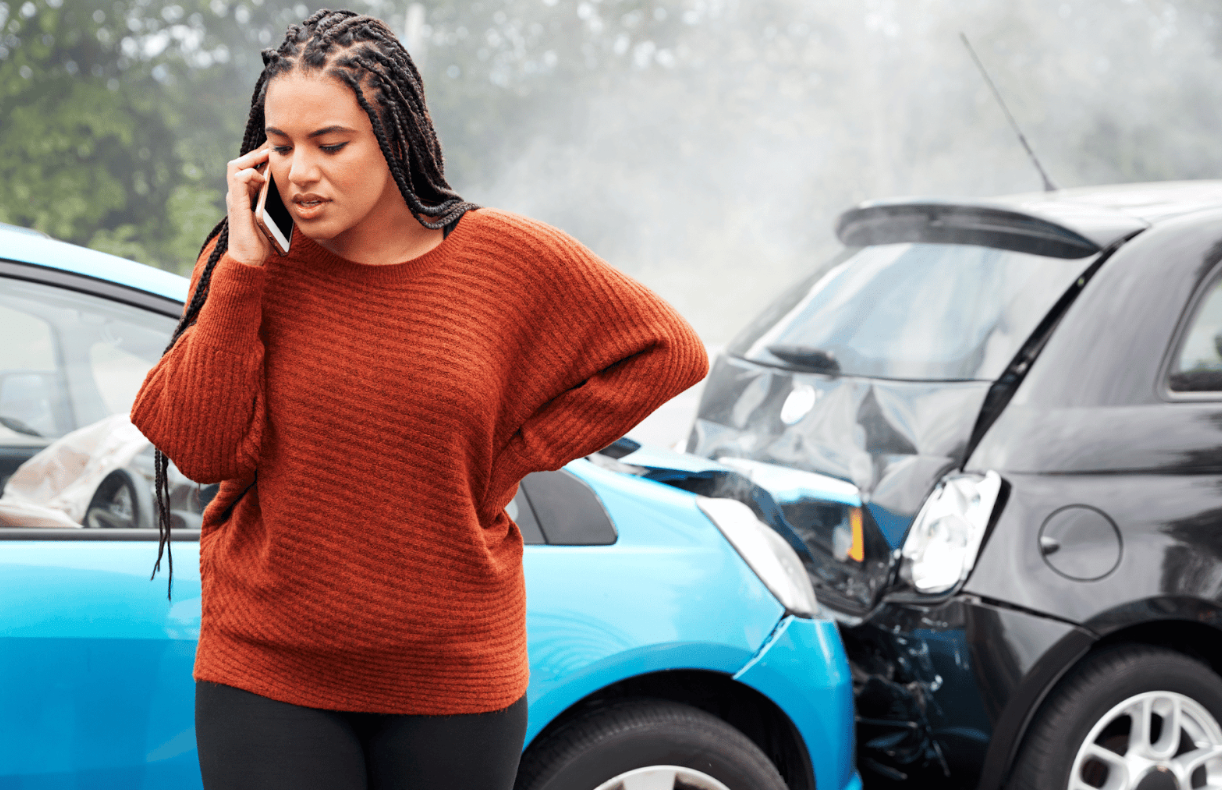Proving Fault in a Motor Vehicle Accident: What Evidence Matters Most

Being involved in a motor vehicle accident can be stressful, overwhelming, and life-changing. Beyond the physical injuries and property damage, one of the most important factors that determines the outcome of an insurance claim or lawsuit is fault. Proving who was responsible for the accident isn’t always straightforward, and in many cases, multiple parties may share some degree of liability. To make your case stronger, gathering the right evidence is crucial.
In this article, we’ll explore the types of evidence that matter most when proving fault in a motor vehicle accident, and how a motor vehicle claim lawyer can help strengthen your case.
1. Police Reports
A police report is often the cornerstone of an accident case. When officers arrive at the scene, they document what happened, interview witnesses, and sometimes even cite drivers for traffic violations. While police reports aren’t always considered conclusive in court, insurance companies typically give them significant weight.
Key details in a report may include:
- Statements from both drivers and witnesses
- Road and weather conditions
Diagrams or descriptions of the collision - Any citations issued
If the report indicates one driver violated a traffic law, that can be powerful evidence of fault.
2. Photographic and Video Evidence
A picture is worth a thousand words—and in accident cases, photos and videos can make or break a claim. Clear images of the crash scene can show vehicle damage, skid marks, road signs, traffic signals, and even weather conditions at the time of the collision.
In today’s world, video footage can come from:
- Dashcams
- Nearby surveillance cameras
- Traffic cameras
- Cell phone recordings
This type of evidence can provide an unbiased account of how the accident occurred, which can be invaluable in proving fault.
3. Witness Testimonies
Eyewitnesses can offer a third-party perspective on the accident. Their accounts may support or contradict each driver’s version of events. Independent witnesses, such as pedestrians or other motorists, are often more credible than passengers riding with one of the drivers.
When possible, it’s a good idea to gather witness contact information at the scene before memories fade or people move on.
4. Traffic Laws and Violations
Establishing that a driver broke a traffic law often serves as direct evidence of fault. For instance, if a driver ran a red light, failed to yield, or was speeding, these violations can strongly suggest negligence. Sometimes, fault is easier to establish when it’s tied to a clear legal violation.
5. Expert Testimony and Accident Reconstruction
In more complex cases—such as multi-vehicle accidents—expert testimony may be necessary. Accident reconstruction specialists use physics, engineering, and computer modeling to recreate how the crash occurred. Their professional analysis can clarify liability when the evidence is less obvious.
Medical experts may also provide testimony about injuries, linking them directly to the accident and disproving arguments that they existed beforehand.
6. Medical Records and Bills
While medical records may not directly prove fault, they can show the severity and timing of injuries. If injuries align with the mechanics of the crash, they add credibility to your account of events. They also help establish damages, which are essential for compensation once fault is determined.
7. Statements Made at the Scene
Sometimes, what drivers say immediately after a crash can play a role in proving fault. An admission of guilt, even something as simple as “I’m sorry, I didn’t see you,” can be used as evidence. However, this is why it’s generally recommended to limit what you say after an accident and let the facts speak for themselves.
Why Evidence Matters
Fault determines who pays for damages, medical bills, and other losses. Without strong evidence, insurance companies may deny or reduce your claim, leaving you with expenses you shouldn’t have to cover. Building a case with multiple forms of evidence provides a clearer picture and reduces the chances of disputes.
Read the article: Suing for Identity Theft: How a Lawyer Can Help
Final Thoughts
Proving fault in a motor vehicle accident requires more than just your word—it requires a well-documented body of evidence. Police reports, photos, witness testimonies, and expert analyses all play a critical role in painting an accurate picture of what really happened.
If you’ve been involved in a crash, it’s important to act quickly. Gather as much evidence as you can, seek medical attention, and consider consulting a legal professional to protect your rights. In the end, the strength of your evidence can be the deciding factor between a denied claim and fair compensation.



